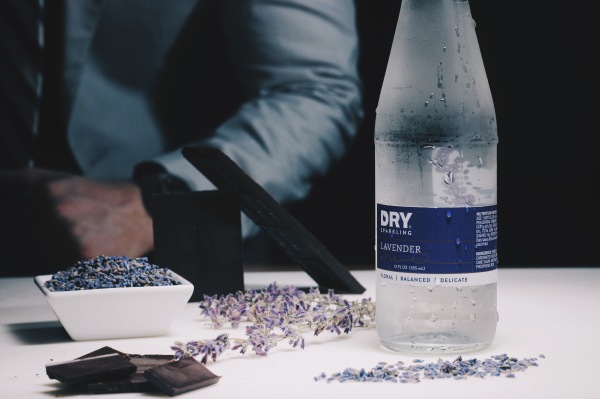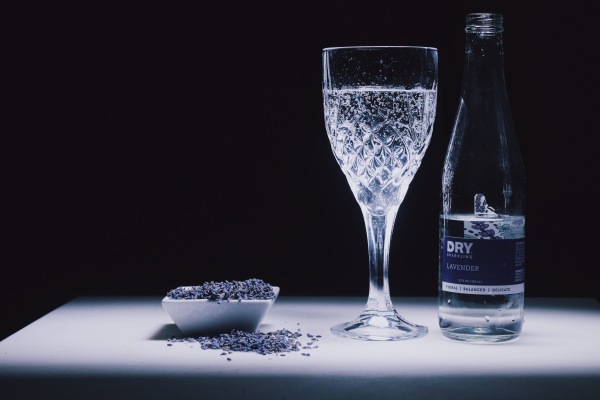History: “We are soda’s hipper, healthier, edgier – and of course, more delicious! – cousin,” boasts Casey Beard, Frïsa General Manager and COO. I wish my cousin was like that. Had to get a restraining order against him. Frïsa is a new sparkling soft drink out of Minneapolis, Minnesota from Kristian Regale, though this particular brand is marketed as an “ultra-premium European botanical beverage.” It joins a litany of other “sparkling” beverages that further blur the definition of what craft soda is becoming and entails. But for all intensive purposes, it’s still a carbonated soft drink made with cane sugar and premium ingredients. Sounds like craft soda to us. Frïsa is all about creating a soda made with botanicals. For those of you who aren’t aware, “botanicals” typically refer to plant or herbal flavors when it comes to beverages. “We use very unique botanical ingredients, and super surprising flavor combinations. Each ingredient and flavor profile was heavily scrutinized to ensure a delicious taste that rings true on so many different levels,” says Beard. But perhaps their sexiest ingredient is the one we all take for granted in soda: water. Frïsa sources its water from the Pyrenees Mountains. In addition to the botanicals and fancy water, each soda is also made with a modest amount of pure cane sugar. And for you health-conscious soda drinkers, every bottle of Frïsa is gluten-free, non-GMO, and Kosher certified. And every serving clocks in at under 100 calories. Makes me want to strap on a pair of yoga pants and run a casual marathon just thinking about it. Maybe chug a bottle in victory as I gallop past some 60 year-old guy at the finish line. Beard tells us the company’s most popular flavor is elderflower, which has kind of a citrusy flavor and is popular in cocktails. The flavor recently received a BevStar Award from Beverage Magazine in the category of category pioneer, so it’s already receiving some praise despite its newcomer status to the marketplace. It was simply too intriguing for us to pass up.
Where to get: Because Frïsa is still so new, it’s mostly only sold in the midwest and has a small footprint in New York City. You can find it in stores at Kowalski’s Markets and Lunds & Byerlys. As of late October 2015, Frïsa is still not sold online, though we are told online sales should begin within the next few weeks at Frïsa’s website.
Nose: Grapefruit; citrus; hops. Smells like a fruity IPA, almost identical to Deschutes Fresh Squeezed IPA.
Taste: Grapefruit; floral; mild tartness; light pear. This has a really bright and vivid taste. Very floral and fairly fruity. For a beverage marketed as botanical, this is a little sweeter than you’d probably expect, though not to the level of a typical soda. You taste a subtle and frothy tartness in the beginning that’s full of pear and mild citrus notes. The carbonation is very similar to that of champagne or sparkling grape juice. As the drink settles in on each sip, the sweet, floral grapefruit flavor comes in to balance out the initial tartness. This is full-bodied for a soda with a lot of flavor characteristics and subtleties. For example, and this doesn’t happen often, you can tell the quality of water used in this is high. It’s just a very distinct crispness separate from the flavors. There’s also just a little bit of a hops taste that accompanies the grapefruit. Some drinkers might even taste subtle apple notes. We also tasted champagne grapes. This has lots of layer while maintaining a robust, natural flavor throughout.
Finish: Mild floral grapefruit that’s slightly earthy. The botanical elements come out more near the end of each sip.
Rating: Frïsa Elderflower is going to be a pleasant surprise for most soda drinkers. It’s light, but full of flavor. Definitely a more sophisticated take on soda that fits right in the “sparkling” category. This should probably sipped to enjoy all of the subtleties in the flavor profile. I’d recommend chilled with no ice. This is certainly botanical, but it’s still approachable, and that’s critical. So often botanical sodas are too savory or herbal for the majority of soda drinkers to enjoy, but there are familiar flavors in Frïsa’s Elderflower working in tandem with the botanical notes. While it is a very floral drink, you’ll also taste some general citrus, pear, and most notably, grapefruit. Maybe even subtle apple and/or grape. What’s most impressive about Frïsa Elderflower is its ability to pack so much into the flavor profile, while retaining a fresh taste that’s very drinkable. Honestly, at first glance this probably wouldn’t be in the wheelhouse of most craft soda drinkers because of its champagne bottle packaging and unfamiliar flavor. Sometimes those characteristics can be turn offs instead of intriguing elements of a liquid mystery you want to put in your mouth. But this is one you shouldn’t pass over. Sure, the citrus could probably shine more or the earthier elements could be curtailed, but these are the elements that give this soda its character. I, for one, had my doubts coming in, but I’m here to tell you that Frïsa Elderflower is one of the best off the beaten path sodas I’ve tried in a long time.










